
The Misfits: Story of a Shoot
| en ligne sur magnumphotos.com
Arthur Miller and Inge Morath's recollections of an infamous cinematic production
Les souvenirs d'Arthur Miller et d'Inge Morath d'une production cinématographique tristement célèbre
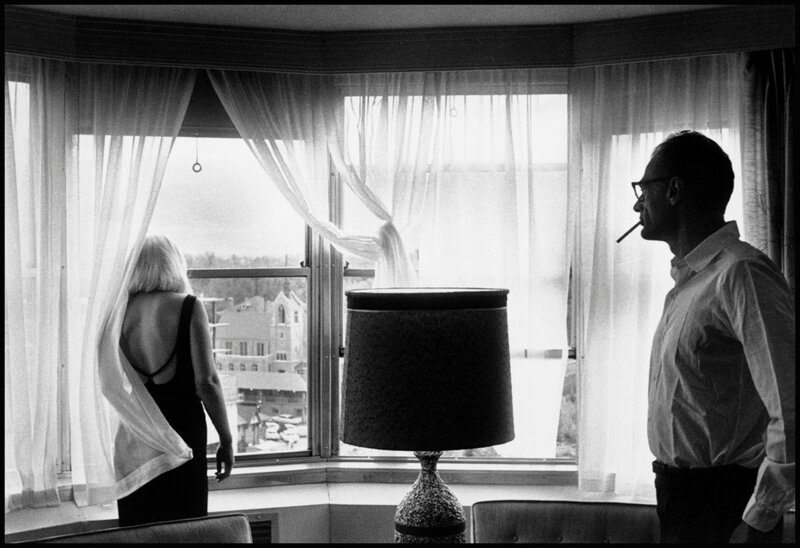
Set of "The Misfits". Marilyn Monroe and Arthur Miller in their suite in Reno’s Mapes Hotel after a day’s shooting.
Reno, Nevada. USA. 1960. © Inge Morath | Magnum Photos
John Huston’s 1961 movie, ‘The Misfits’, was to be the last completed production for two of its stars: Marilyn Monroe and Clark Gable. Gable died shortly after the film wrapped, while Monroe died in August 1962 having worked on the uncompleted movie ‘Something’s Got to Give’.
Le film de John Huston de 1961, «The Misfits», devait être la dernière production achevée pour deux de ses stars: Marilyn Monroe et Clark Gable. Gable est décédé peu de temps après la fin du film, tandis que Monroe est décédé en août 1962 après avoir travaillé sur le film inachevé «Something’s got to give».
Scripted by Arthur Miller, a raft of Magnum photographers were hired to photograph the making of the film – among them Inge Morath and Henri Cartier-Bresson, who were the first photographers to arrive on set.
Scénarisé par Arthur Miller, une série de photographes Magnum ont été embauchés pour photographier la réalisation du film - parmi lesquels Inge Morath et Henri Cartier-Bresson, qui ont été les premiers photographes à arriver sur le plateau.
As many of the images, and indeed Morath’s remembrances, attest – the photographers and the actors enjoyed a degree of camaraderie in spite of the film’s widely reported troubled production – one aspect of which was the deteriorating marriage between Miller and Monroe that came to an end that summer.
Comme de nombreuses images, et même les souvenirs de Morath, l'attestent - les photographes et les acteurs ont bénéficié d'une certaine camaraderie malgré la production troublée largement rapportée du film - dont l'un des aspects était la détérioration du mariage entre Miller et Monroe qui a pris fin cet été là.
In James Goode’s 1963 book, The Story of ‘The Misfits’ – a day-by-day account of the shoot – he hints at the friendly atmosphere the photographers and the actors shared in:
August 1 – Monday. Still no shooting call. To pass the time, Eli Wallach has gotten himself into character clothes and makeup as Sigmund Freud, to be photographed by Inge Morath. The object is to paste the resulting photograph on an album cover as a birthday present for John Huston, whose next picture will be ‘Freud’. Eli, Inge and Dick Rowan, a Magnum representative here on location, drove out to a nearby ranch and Eli posed next to a couch in the middle of a corral, with some interested horses looking on. Eli looked frighteningly authentic.
Dans le livre de James Goode de 1963, The Story of «The Misfits» - un récit quotidien du tournage - il fait allusion à l’atmosphère amicale que les photographes et les acteurs ont partagé:
1er août - lundi. Tournage toujours pas débuté. Pour passer le temps, Eli Wallach s'est habillé dans les vêtements du personnage et s'est maquillé comme Sigmund Freud, pour être photographié par Inge Morath. L’objectif est de coller la photographie obtenue sur une couverture d’album comme cadeau d’anniversaire pour John Huston, dont la prochaine photo sera «Freud». Eli, Inge et Dick Rowan, un représentant de Magnum ici sur place, se sont rendus dans un ranch voisin et Eli a posé à côté d'un canapé au milieu d'un corral, avec quelques chevaux à l'allure intéressante. Eli avait l'air terriblement authentique.
Here, ahead of the 60th anniversary of last day of the film’s shooting on location in Nevada (October 18th), we share both Miller and Morath’s personal reflections upon the film’s production and its at times troubled, yet charming stars alongside little-seen images from the production, and archival materials.
Ici, avant le 60e anniversaire du dernier jour du tournage du film dans le Nevada (le 18 octobre), nous partageons les réflexions personnelles de Miller et Morath sur la production du film et ses stars parfois troublées mais charmantes aux côtés d'images peu vues de la production et les documents d'archives.

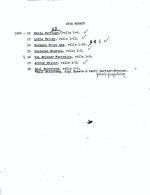
Inge Morath's story list 1960. © Inge Morath.
Inge Morath Photographs and Papers Collection,
courtesy the Beinecke Rare Book and Manuscript Library, Yale University.
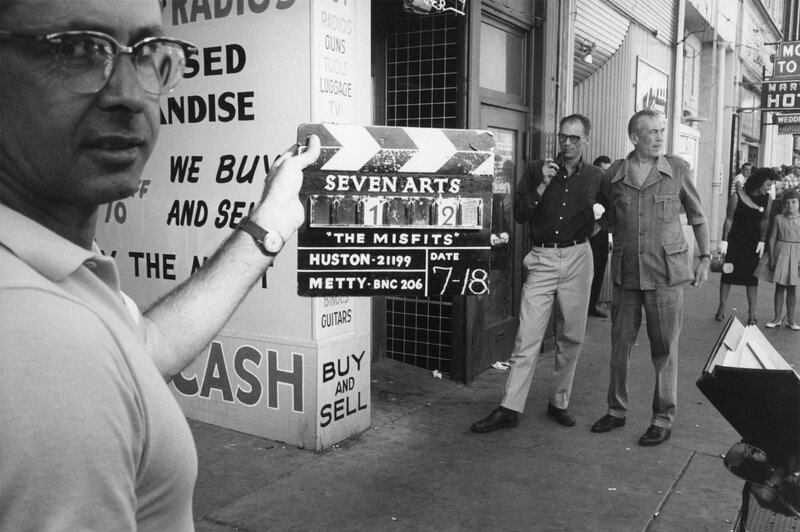
The first day of shooting "The Misfits." Clapperboard is marked scene 1 take 2.
Director John Huston and author Arthur Miller watching in the background.
Reno, Nevada. USA. 1960. © Inge Morath | Magnum Photos
Arthur Miller
Frank Taylor, who was an old friend of mine, and who I inveigled into being the producer [of ‘The Misfits’], thought it would be a great idea to get Magnum to send over as many people as they could to photograph it. I didn’t know any photographers and I had no opinion about it; it was the last thing in the world I was worried about. Henri [Cartier-Bresson] and Inge [Morath] decided to do a motor trip across the country [on their way to the set in Reno]. Both of them were Europeans, of course, and they thought that, diving across the country, they would run into all kinds of wonderful, different cooking experiences as they would in Europe. When confronted with the inevitable hamburger everywhere, they were driven back to eating carrots and apples and tea.
Frank Taylor, qui était un vieil ami à moi, et que j’ai incité à devenir le producteur [de ‘The Misfits’], a pensé que ce serait une excellente idée que Magnum envoie autant de personnes que possible pour photographier. Je ne connaissais aucun photographe et je n’avais aucune opinion à ce sujet; c'était la dernière chose au monde qui m'inquiétait. Henri [Cartier-Bresson] et Inge [Morath] ont décidé de faire un voyage en voiture à travers le pays [en route vers le plateau de Reno]. Tous deux étaient européens, bien sûr, et ils pensaient qu'en plongeant à travers le pays, ils vivraient toutes sortes d'expériences culinaires merveilleuses et différentes comme ils le feraient en Europe. Lorsqu'ils ont été confrontés à l'inévitable hamburger partout, ils ont été ramenés à manger des carottes, des pommes et du thé.
Inge wrote a diary of this trip. It’s a brilliant description of 60s America. It’s a European’s wise and, at the same time, wide-eyed view of this crazy country. She caught all the insane contradictions that were here because they were very fresh to her..."
Inge a écrit un journal de ce voyage. C'est une brillante description de l'Amérique des années 60. C'est une vision européenne sage et, en même temps, les yeux écarquillés de ce pays fou. Elle a saisi toutes les contradictions insensées qui étaient ici parce que c'était très frais pour elle ..."


Goldfield, Nevada. USA. 1960. © Inge Morath | Magnum Photos
The 60s in America, of course, was the despair and the secret hope of a lot of European intellectuals. The freedom, the local inventiveness, the friendliness, charmed them. And Inge, I know, was pleasantly surprised by how dear the people were. Of course, most people were to her; she was very affectionate toward people, and they reacted in a similar way. However, it was a difficult trip because she couldn’t eat meat and Henri liked more delicate cooking. So they were driven half mad by the carrots and the apples and the tea. And they arrived in Reno half starved and ready to work.
Les années 60 en Amérique, bien sûr, étaient le désespoir et l'espoir secret de nombreux intellectuels européens. La liberté, l'inventivité locale, la convivialité les ont charmés. Et Inge, je le sais, a été agréablement surprise de voir à quel point les gens étaient adorables. Bien sûr, la plupart des gens l'étaient pour elle; elle était très affectueuse envers les gens, et ils ont réagi de la même manière. Cependant, ce fut un voyage difficile car elle ne pouvait pas manger de viande et Henri aimait une cuisine plus délicate. Alors ils ont été rendus à moitié fous par les carottes, les pommes et le thé. Et ils sont arrivés à Reno à moitié affamés et prêts à travailler.
Inge wrote a diary of this trip. It’s a brilliant description of 60s America. It’s a European’s wise and, at the same time, wide-eyed view of this crazy country. She caught all the insane contradictions that were here because they were very fresh to her; she was unprepared for them. You’ve got to remember that World War Two was still engraved on their minds. They had witnessed, and in Inge’s case she had suffered a great deal in Nazi Germany from the effects of the war. So this fresh country was overwhelming. At the same time, she had some odd experiences here. When she arrived she had to apply for a visa and one of the questions was “Your Color.” So she put down “pink.” It never dawned on her that any government would ask what color you were, and it was quite a shock. She didn’t know what to make of it.
Inge a écrit un journal de ce voyage. C’est une brillante description de l’Amérique des années 60. C’est une vision européenne sage et, en même temps, des yeux écarquillés de ce pays fou. Elle a saisi toutes les contradictions insensées qui étaient ici parce qu'elles étaient très fraîches pour elle; elle n'était pas préparée pour ça. Vous devez vous rappeler que la Seconde Guerre mondiale était toujours gravée dans leur esprit. Ils en avaient été témoins et, dans le cas d’Inge, elle avait beaucoup souffert en Allemagne nazie des effets de la guerre. Donc, ce pays frais était écrasant. En même temps, elle a eu des expériences étranges ici. À son arrivée, elle a dû demander un visa et l'une des questions était «Votre couleur». Alors elle a mis «rose». Il ne lui est jamais venu à l'esprit qu'un gouvernement vous demanderait de quelle couleur vous étiez, et ce fut un vrai choc. Elle ne savait pas quoi en penser.


Small travel notebook. © Inge Morath.
Inge Morath Photographs and Papers Collection,
courtesy the Beinecke Rare Book and Manuscript Library, Yale University.

Set of "The Misfits". Rehearsal of Roslyn's dance in Guido's garden.
John Huston with Marilyn Monroe in the first frame.
Reno, Nevada. USA. 1960. © Inge Morath | Magnum Photos
- Arthur Miller:
"Inge took comparatively few pictures.
When she pointed the camera
she felt a certain responsibility for what it was looking at.
Her pictures of Marilyn are particularly empathetic
and touch as she caught Marilyn’s anguish beneath her celebrity..."
"Inge a pris relativement peu de photos.
Quand elle a pointé la caméra,
elle se sentait responsable face à ce qu'elle regardait.
Ses photos de Marilyn sont particulièrement empathiques
et touchantes alors qu'elle captait l'angoisse de Marilyn sous sa célébrité ..."

Set of "The Misfits". Marilyn Monroe in the first frame. Reno, Nevada. USA. 1960. © Inge Morath | Magnum Photos
Inge, as an Austrian, had found herself in a defensive position in London and Paris, where she had been working and living [after the war]. Americans, in contrast, were far less ready to condemn her. Ironically, she felt uneasy here because we didn’t condemn fascism enough, nor did we see the signs of it in American culture. She was quick to notice whenever that smell came up of repression and racism.
Inge, en tant qu'Autrichienne, s'était retrouvée dans une position défensive à Londres et à Paris, où elle avait travaillé et vécu [après la guerre]. Les Américains, en revanche, étaient beaucoup moins disposés à la condamner. Ironiquement, elle s'est sentie mal à l'aise ici parce que nous n'avons pas assez condamné le fascisme, et nous n'en avons pas vu les signes dans la culture américaine. Elle a vite remarqué chaque fois cette odeur de répression et de racisme qui se dégageait.
Reno, initially, and ‘The Misfits’ in particular, was a circus for Inge; a rich mine of subjects. My first glimpse of her was in the Mapes Hotel coffee shop, where she was sitting at a table laughing with John Huston. She had worked on Huston’s film ‘Moulin Rouge’ some time earlier, and had earned his respect as an artist. Huston’s admiration and respect came in part from the work, of course, but it was also because of her bravery. As far as he was concerned, that was the major virtue of anyone.
Reno, au départ, et «The Misfits» en particulier, était un cirque pour Inge; une mine riche de sujets. La première fois que je l'ai vue, elle était dans le café de l'hôtel Mapes, assise à une table en train de rire avec John Huston. Elle avait travaillé sur le film de Huston «Moulin Rouge» quelque temps auparavant et avait gagné son respect en tant qu’artiste. L’admiration et le respect de Huston provenaient en partie du travail, bien sûr, mais c’était aussi à cause de sa bravoure. En ce qui le concernait, c'était la principale vertu de quiconque.
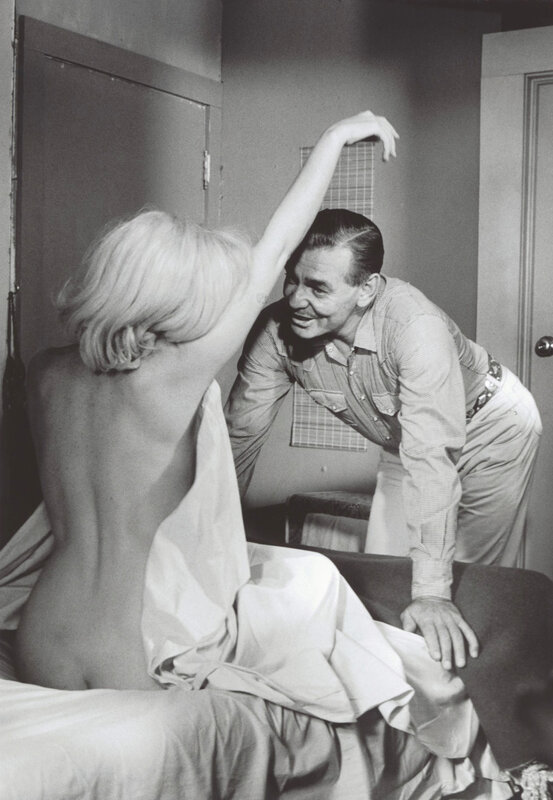
Set of "The Misfits". Clark Gable and Marilyn Monroe.
The two are now lovers and Gay, who has been up early,
comes to wake her and surprise her with breakfast.
Roslyn sits up in bed slowly, delightedly.
Movie camera cuts shot of Roslyn’s back a little under her shoulders.
Reno, Nevada. USA. 1960. © Inge Morath | Magnum Photos


1/"The Misfits." Marilyn Monroe and Arthur Miller.
2/ Set of "The Misfits". John Huston and Arthur Miller wait and brood over the next scene.
This close cooperation of author and director often brought about last minute changes
that kept the work on the movie at an exhilarating pace.
Reno, Nevada. USA. 1960. © Inge Morath | Magnum Photos

John Huston, Marilyn Monroe & Arthur Miller during the filming of "The Misfits".
Arthur & Marilyn were separated at the time.
Nevada. Reno. USA. 1960. © Inge Morath | Magnum Photos
Inge believes that to photograph a place you had to know the language. So she studied Chinese for about seven years before she went to China, and she did, similarly, with Russian before she went to Russia. Travel with her was a privilege because I would never have been able to penetrate that way. She was unobtrusive and she simply took [her subjects’] side of the lens. People quickly caught on that she was a different kind of a person than they were expecting in a photographer. She had a great talent for drawing people in, even without the camera.
Inge pense que pour photographier un endroit, il fallait en connaître la langue. Elle a donc étudié le chinois pendant environ sept ans avant de se rendre en Chine, et elle a fait de même avec le russe avant de se rendre en Russie. Voyager avec elle était un privilège car je n'aurais jamais pu m'immerger de cette façon. Elle était discrète et elle a simplement pris le côté [de ses sujets] de l'objectif. Les gens ont vite compris qu'elle était une personne différente de celle à laquelle ils s'attendaient chez un photographe. Elle avait un grand talent pour attirer les gens, même sans caméra.
© Arthur Miller Literary and Dramatic Property Trust. Text excerpted from a discussion of Inge Morath’s photographs at the Howard Greenberg Gallery, New York, May 26, 2004.
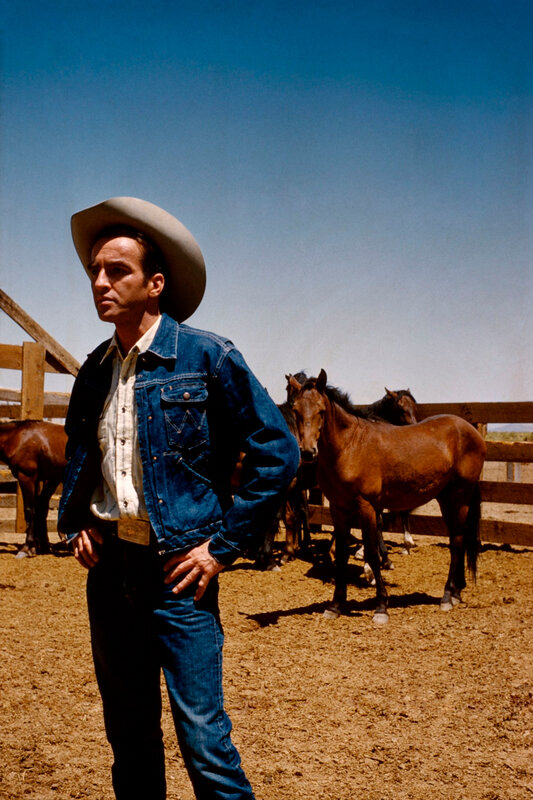
Montgomery Clift on the set of "The Misfits." Reno, Nevada. USA. 1960.
© Inge Morath | Magnum Photos
Inge Morath
The coverage of ‘The Misfits’ was a very special thing. The producer had a unique idea of creating a document of the shooting of this movie, for which he hired Magnum photographers. We were paired up and I was going to photograph with Henri Cartier-Bresson. We planned to go across the country because America was a big adventure. I didn’t know much about America at all, so we rented a car and went a very complicated route; Blue Ridge Mountains and Mississippi and we saw all the literary sights.
Le reportage de "The Misfits" était une chose très spéciale. Le producteur a eu une idée unique de créer un document du tournage de ce film, pour lequel il a engagé des photographes Magnum. Nous étions jumelés et j'allais photographier avec Henri Cartier-Bresson. Nous avions prévu de parcourir le pays car l'Amérique était une grande aventure. Je ne savais pas grand-chose du tout de l'Amérique, alors nous avons loué une voiture et avons emprunté un chemin très compliqué; Blue Ridge Mountains et Mississippi et nous avons vu tous les sites littéraires.
Anyway we arrived in Reno, which is American and so western. It’s just marvelous to look at. The Mapes Hotel was where more or less everybody was lodged, and I was so intrigued because in the hotel room there was a machine and you could make your own coffee in the morning. I’d never seen such a thing. This was exotic. And naturally, such an American movie was also exotic to us. So we approached it from our very European point of view, which was fun. We started early, often waited for very long times, and finished quite late. And it got hotter and hotter.
Bref, nous sommes arrivés à Reno, qui est américaine et tellement western. C’est tout simplement merveilleux à regarder. L'hôtel Mapes était l'endroit où plus ou moins tout le monde était logé, et j'étais tellement intrigué parce que dans la chambre d'hôtel il y avait une machine et vous pouviez faire votre propre café le matin. Je n’avais jamais vu une chose pareille. C'était exotique. Et naturellement, un tel film américain était aussi exotique pour nous. Nous l'avons donc abordé de notre point de vue très européen, ce qui était amusant. Nous avons commencé tôt, avons souvent attendu très longtemps et avons terminé assez tard. Et il faisait de plus en plus chaud.
Henri and I had worked together before, so we were never in each other’s way. Because two photographers on one movie could be really falling over each other. But we had very different territories and interests, at least in the approach to something. I think everybody has a certain distance at which he or she is most comfortable. There is a certain way of seeing the same thing in a different composition, or from a very different angle. That’s the interesting part; everybody has their own was of attacking a subject. I’m one who always wanders around a lot, always looking. And so doe Henri, but boy is he fast. Wow.
Henri et moi avions déjà travaillé ensemble, donc nous ne nous sommes jamais opposés. Parce que deux photographes sur un même film pourraient vraiment tomber l'un sur l'autre. Mais nous avions des territoires et des intérêts très différents, du moins dans l'approche de quelque chose. Je pense que chacun a une certaine distance à laquelle il ou elle est le plus à l'aise. Il y a une certaine manière de voir la même chose dans une composition différente, ou sous un angle très différent. C’est la partie intéressante; chacun a sa manière propre d'attaquer un sujet. Je suis celle qui erre toujours beaucoup, toujours à la recherche. Et Henri aussi, mais garçon est rapide. Sensationnel.

Henri Cartier-Bresson with actor Eli Wallach (right) during the production of "The Misfits."
Reno, Nevada. USA. 1960. © Inge Morath | Magnum Photos
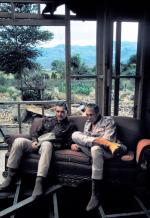
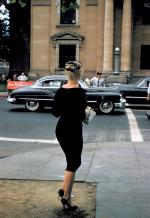
1/ Clark Gable and John Huston during the filming of The Misfits.
2/ Marilyn Monroe during the filming of The Misfits. USA. Reno, Nevada. 1960.
© Inge Morath | Magnum Photos
- Inge Morath:
"Eli and Marilyn were like buddies, and you can see it.
Monty and Marilyn were kindred souls.
They were both terribly vulnerable.
And Clark Gable was Clark Gable"
«Eli et Marilyn étaient comme des copains, et vous pouvez le voir.
Monty et Marilyn étaient des âmes apparentées.
Ils étaient tous les deux terriblement vulnérables.
Et Clark Gable était Clark Gable»
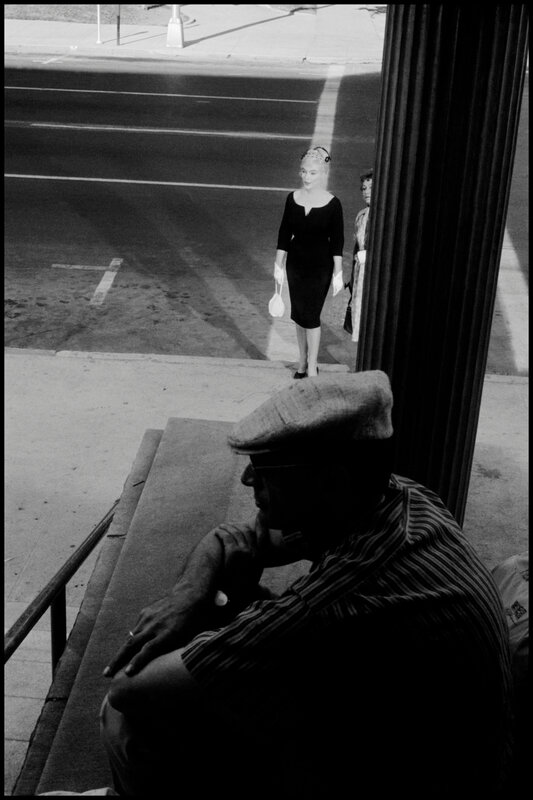
Arthur Miller (foreground) and Marilyn Monroe during the filming of "The Misfits."
Reno, Nevada. USA. 1960. © Inge Morath | Magnum Photos
John Huston I’d worked with before. He was terrific to me. My very first movie job was with him in ‘Moulin Rouge.’ I had never been in a film studio, and I went up to him and I said, “Look, I’ve never been in a film studio so you’d better help me.” He thought that was very funny. So I worked with him several times later. Monty Clift was also a great friend of mine whom I adored. He was supposed to be so difficult and erratic but actually he shot the most difficult scene in one take. Thelma Ritter was marvelous because it was a part which was not very glamourous, but she anchored this very American thing. And Eli Wallach. Eli is a funny guy and a wonderful actor. Eli and Marilyn were like buddies, and you can see it. Monty and Marilyn were kindred souls. They were both terribly vulnerable. And Clark Gable was Clark Gable.
John Huston, j'avais déjà travaillé avec lui avant. Il a été formidable avec moi. Mon tout premier boulot au cinéma était avec lui au 'Moulin Rouge.' Je n'avais jamais été dans un studio de cinéma, et je suis allée vers lui et j'ai dit: “Écoutez, je n'ai jamais été dans un studio de cinéma alors vous feriez mieux de m'aider." Il a trouvé que c'était très drôle. J'ai donc travaillé avec lui plusieurs fois plus tard. Monty Clift était aussi un grand ami à moi que j'adorais. Il était censé être si difficile et erratique, mais en fait, il a tourné la scène la plus difficile en une seule prise. Thelma Ritter était merveilleuse car c'était un rôle qui n'était pas très glamour, mais elle a ancré ce truc très américain. Et Eli Wallach. Eli est un gars drôle et un acteur merveilleux. Eli et Marilyn étaient comme des copains, et vous pouvez le voir. Monty et Marilyn étaient des âmes apparentées. Ils étaient tous les deux terriblement vulnérables. Et Clark Gable était Clark Gable.
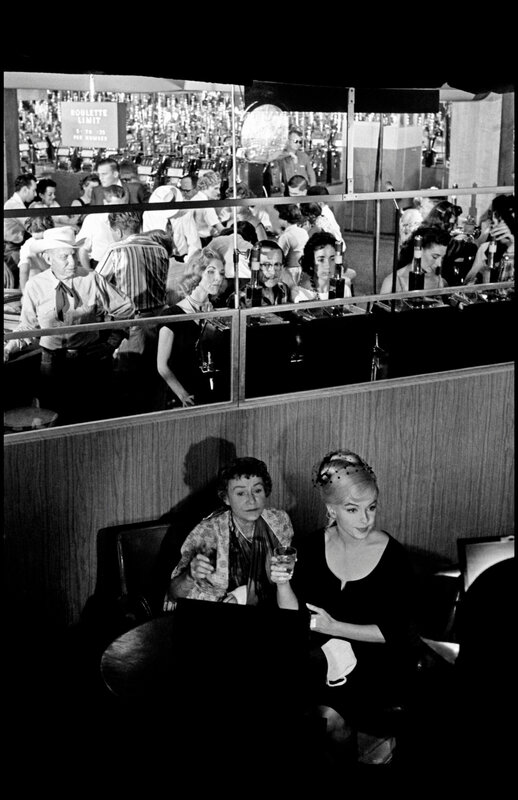
Set of "The Misfits". Marilyn Monroe and Thelma Ritter during the scene in the bar of Harrah’s Club in Reno.
Reno, Nevada. USA. 1960. © Inge Morath | Magnum Photos
- Inge Morath
"They were all very interesting to watch.
Actually, Marilyn was fascinating to watch.
The way she moved, her expressions; she just was extraordinary.
There was such strength and energy combined with this fragility"
"Ils étaient tous très intéressants à regarder.
En fait, Marilyn était fascinante à regarder.
La façon dont elle bougeait, ses expressions; elle était juste extraordinaire.
Il y avait une telle force et énergie combinées à cette fragilité"


1/ Marilyn Monroe in a casino during the production of "The Misfits."
2/ The Misfits." Clark Gable.
Reno, Nevada. USA. 1960. © Inge Morath | Magnum Photos
But it was very professional. You see, these were not people who were start stuck of anything. I mean, you were just there and you did a job; you watched as photographers have to do. They were all very interesting to watch. Actually, Marilyn was fascinating to watch. The way she moved, her expressions; she just was extraordinary. There was such strength and energy combined with this fragility. It was vert interesting and quite unique. What I wanted to do was the unposed person. Marilyn knew all the tricks about how to pose, but when I watched her and saw that vulnerability, I figured to get something of her that is not posed, some inner side of her that can be revealed if possible with the camera. You might see in some of the close-ups, behind the smile there is a tragic undertone.
Mais c'était très professionnel. Vous voyez, ce n'étaient pas des gens qui étaient coincés dans quoi que ce soit. Je veux dire, vous étiez juste là et vous avez fait un travail; vous avez regardé comme les photographes doivent faire. Ils étaient tous très intéressants à regarder. En fait, Marilyn était fascinante à regarder. La façon dont elle bougeait, ses expressions; elle était juste extraordinaire. Il y avait une telle force et énergie combinées à cette fragilité. C'était très intéressant et assez unique. Ce que je voulais faire, c'était la personne sans pose. Marilyn connaissait toutes les astuces pour poser, mais quand je l'ai regardée et que j'ai vu cette vulnérabilité, j'ai pensé obtenir quelque chose d'elle qui n'est pas posé, un côté intérieur d'elle qui peut être révélé si possible avec la caméra. Vous pourriez voir dans certains des gros plans, derrière le sourire, il y a une nuance tragique.

The thing is that she was very unsecure about herself. Marilyn was nervous about many scenes and she would really try to have different takes on things. She went back to the script and sometimes that took up a considerable amount of time. So people were sitting in the heat, and it was very hot. I remember Clark Gable, with whom I got on very well, told me all his adventures in the movies. It was very funny. Clark was wonderful. He said, “I will inscribe your jacket for you,” you know, I never had the idea of asking for an autograph. So he wrote on the back of my collar, “Clark Gable, Reno, Nevada, July 21st, 1960.” And he said, “You’d better have somebody embroider this so it won’t wash out.” So I had it made in Paris, embroidered on the back of the collar.
Le fait est qu'elle n'était pas sûre d'elle-même. Marilyn était nerveuse à propos de nombreuses scènes et elle aurait essayé vraiment d'avoir des points de vue différents sur les choses. Elle revenait sur le scénario et parfois cela prenait un temps considérable. Les gens étaient donc assis dans la chaleur, et il faisait très chaud. Je me souviens que Clark Gable, avec qui je m'entendais très bien, m'a raconté toutes ses aventures au cinéma. C'était très drôle. Clark était merveilleux. Il a dit: «Je vais signer votre veste pour vous», vous savez, je n'ai jamais eu l'idée de demander un autographe. Il a donc écrit au dos de mon col: «Clark Gable, Reno, Nevada, 21 juillet 1960». Et il a dit: "Tu ferais mieux de faire broder ça par quelqu'un pour qu'il ne s'efface pas." Je l'ai donc fait fabriquer à Paris, brodée à l'arrière du col.
We wanted to be as invisible as possible as photographers. You have to be pretty much invisible because you are in the way most of the time. so we always were dressed in all drab stuff. And I think there’s something to it, to serving your subject by not putting yourself close too much. The thing was to find your way around. You knew more or less what scenes would come up but you didn’t know what was actually going to happen. The surprise elements were in how the actors created a scene, and John Huston kind of let them find their way. I mean, there was a general direction, but within this they found their own way.
Nous voulions être aussi invisibles que possible en tant que photographes. Vous devez être à peu près invisible parce que vous êtes gênant la plupart du temps. Donc nous étions toujours vêtus de couleur terne. Et je pense qu'il y a quelque chose à faire, à servir votre sujet en ne vous mettant pas trop près. Le truc était de trouver son chemin. Vous saviez plus ou moins quelles scènes allaient se produire mais vous ne saviez pas ce qui allait réellement se passer. Les éléments de surprise étaient dans la façon dont les acteurs ont créé une scène, et John Huston les a en quelque sorte laissés trouver leur chemin. Je veux dire, il y avait une direction générale, mais à l'intérieur de cela, ils ont trouvé leur propre chemin.
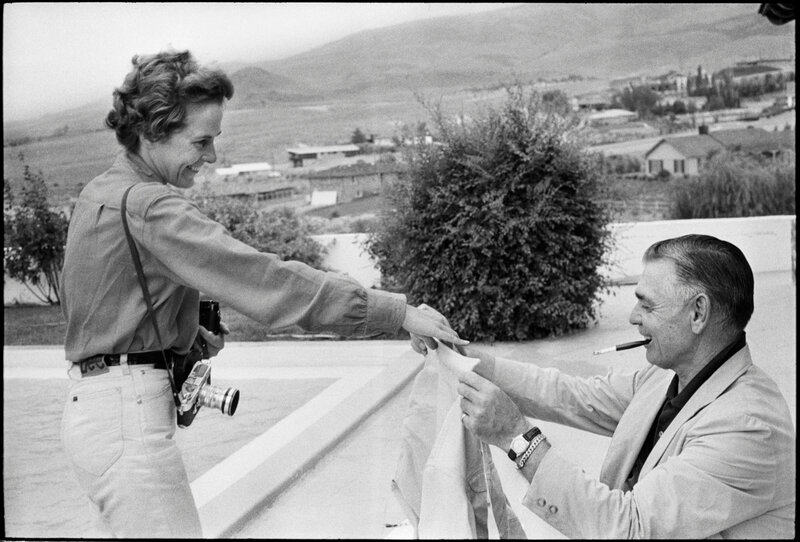
Shooting "The Misfits". 1960. The photographer Inge Morath and Clark Gable.
Nevada state. USA. © Henri Cartier-Bresson | Magnum Photos


1/ Marilyn Monroe and Eli Wallach. Reno, Nevada. USA. 1960
2/ Set of "The Misfits". Clark Gable and Marilyn Monroe. Reno, Nevada. USA. 1960.
© Inge Morath | Magnum Photos
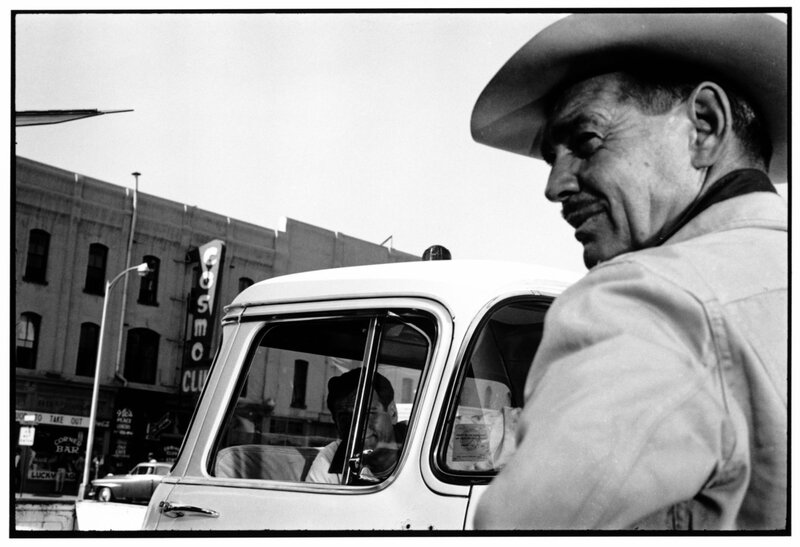
"The Misfits." Clark Gable and Eli Wallach in the car. Reno, Nevada. USA. 1960.
© Inge Morath | Magnum Photos
I had read the short story and I get a script. If you’re not used to reading movie scripts its quite something, because you don’t imagine everything. So it’s kind of a dry enterprise. But we knew more or less what the character were, which is really what you want to know; what makes these people tick ? I mean, what the author meant making tick. Naturally, I was kind of in awe of Arthur Miller because I’d seen ‘Salesman’ and ‘The Crucible’ and I though, oh God, this man will be very sad all the time. the first time I really met him, it was very hot. John Huston took Henri and me to where they were swimming and playing tennis. We didn’t go in the pool because we were busy photographing.
J'avais lu la nouvelle et je reçois un scénario. Si vous n’avez pas l’habitude de lire des scripts de films, c’est quelque chose, car vous n’imaginez pas tout. C’est donc une sorte d’entreprise sèche. Mais nous savions plus ou moins ce qu'était le personnage, ce que vous voulez vraiment savoir; qu'est-ce qui motive ces gens ? Je veux dire, ce que l'auteur voulait dire faisant tique. Naturellement, j'étais un peu impressionnée par Arthur Miller parce que j'avais vu "Salesman" et "The Crucible" et je pensais, oh mon Dieu, que cet homme serait très triste tout le temps. La première fois que je l'ai vraiment rencontré, il faisait très chaud. John Huston a emmené Henri et moi là où ils nageaient et jouaient au tennis. Nous ne sommes pas allés dans la piscine car nous étions occupés à photographier.
Arthur was swimming a backstroke, and he told a very funny story, swimming all the time. It was a short story which he wrote about a guy who was making shoulder pads. I never heard of anyone making shoulder pads; that was in itself exotic. But it was a very funny story, and very long. And then he finished the story and got out of the water, and I got a whole new idea about Arthur Miller being a funny fellow.
Arthur nageait sur le dos et il a raconté une histoire très drôle, nageant tout le temps. C'était une histoire courte qu'il a écrite sur un gars qui fabriquait des épaulettes. Je n'ai jamais entendu parler de quelqu'un qui fabriquait des épaulettes; c'était en soi exotique. Mais c'était une histoire très drôle et très longue. Et puis il a terminé l'histoire et est sorti de l'eau, et j'ai eu une toute nouvelle idée du fait qu'Arthur Miller était un garçon marrant.
[© Inge Morath. Text compiled from a conversation with Inge Morath by Gail Levin for the film ‘Making the Misfits’, Great Performances, Thirteen/WNET, 2001.]
Both Arthur Miller’s and Inge Morath’s texts appear in Inge Morath’s The Road to Reno, edited by John P. Jacob. Steidl: Germany, 2006.

Set of "The Misfits". Marilyn Monroe. Reno, Nevada. USA. 1960. © Inge Morath | Magnum Photos
© All images are copyright and protected by their respective owners, assignees or others.
copyright text by Magnum.
 Prix éditeur : 31,69 Euros
Prix éditeur : 31,69 Euros
/image%2F1211268%2F20240315%2Fob_782fd3_banner-mm-2024-03-spring-5.jpg)
/image%2F1211268%2F20240410%2Fob_40c4f9_blog-gif-mm-niagara-1-3.gif)
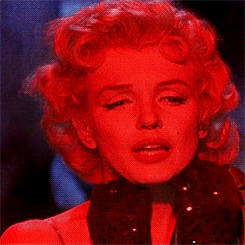
/image%2F1211268%2F20240417%2Fob_0b0d56_2024-03-lee-mexique.jpg)
/https%3A%2F%2Fstorage.canalblog.com%2F19%2F65%2F312561%2F91436129_o.jpg)
/https%3A%2F%2Fstorage.canalblog.com%2F57%2F63%2F312561%2F127743382_o.jpg)
/https%3A%2F%2Fstorage.canalblog.com%2F98%2F05%2F312561%2F84823731_o.jpg)
/https%3A%2F%2Fstorage.canalblog.com%2F01%2F63%2F312561%2F84814201_o.jpg)
/https%3A%2F%2Fstorage.canalblog.com%2F66%2F21%2F312561%2F82823948_o.jpg)
/https%3A%2F%2Fstorage.canalblog.com%2F32%2F31%2F312561%2F124125043_o.jpg)
/https%3A%2F%2Fstorage.canalblog.com%2F31%2F08%2F312561%2F71448014_o.jpg)
/https%3A%2F%2Fstorage.canalblog.com%2F34%2F90%2F312561%2F81829009_o.jpg)
/https%3A%2F%2Fstorage.canalblog.com%2F18%2F35%2F312561%2F61120383_o.jpg)
/image%2F1211268%2F20240410%2Fob_9f471d_blog-gif-mm-syi-1.gif)
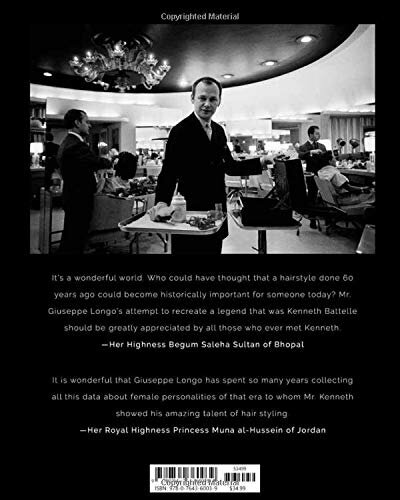
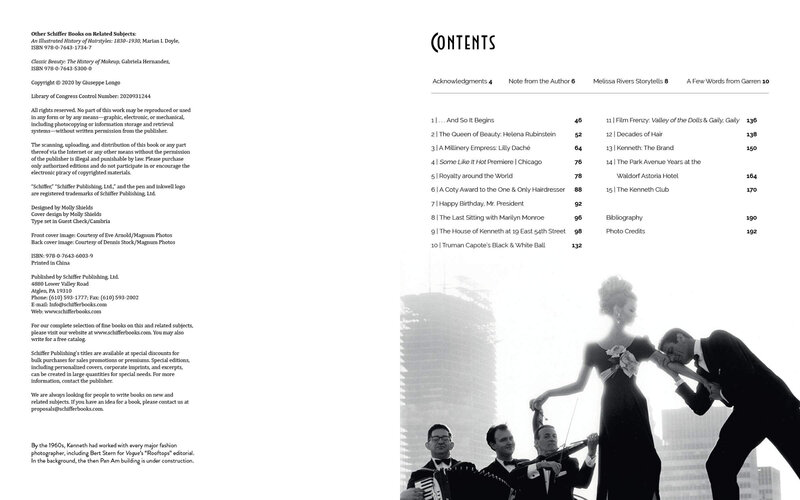





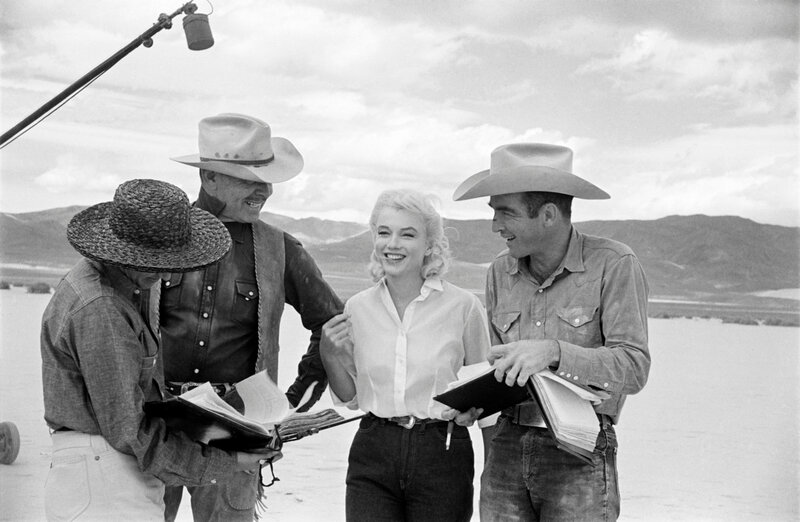
































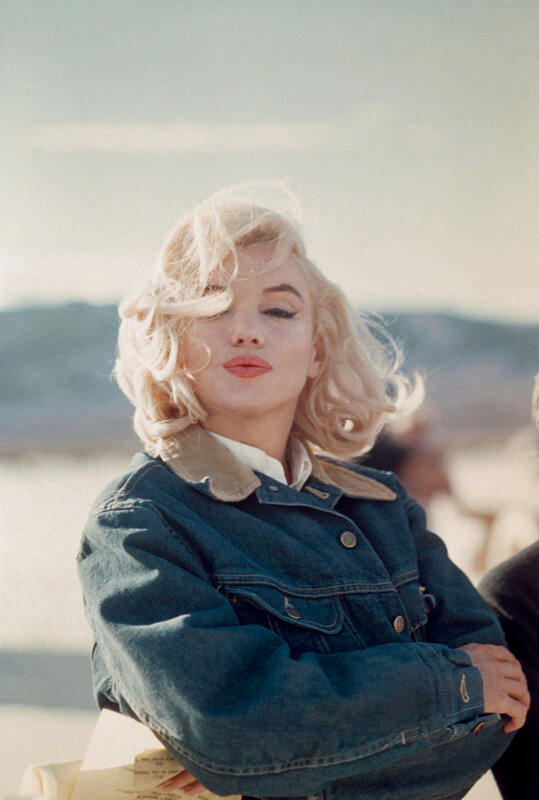
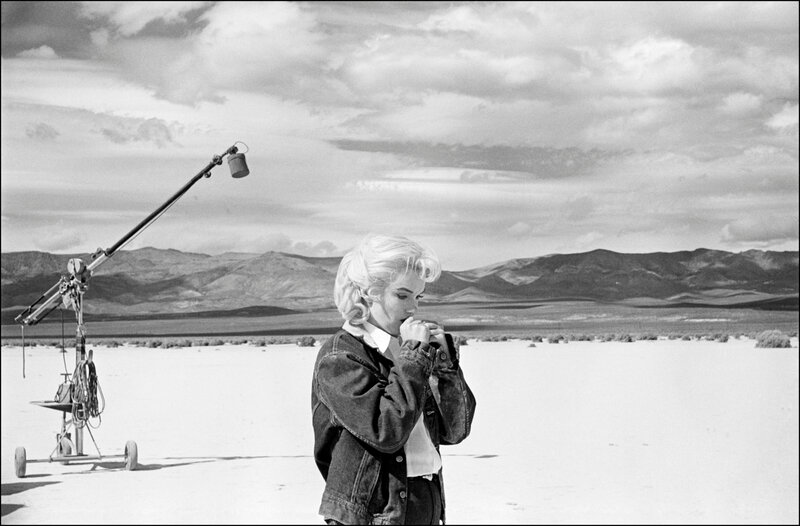


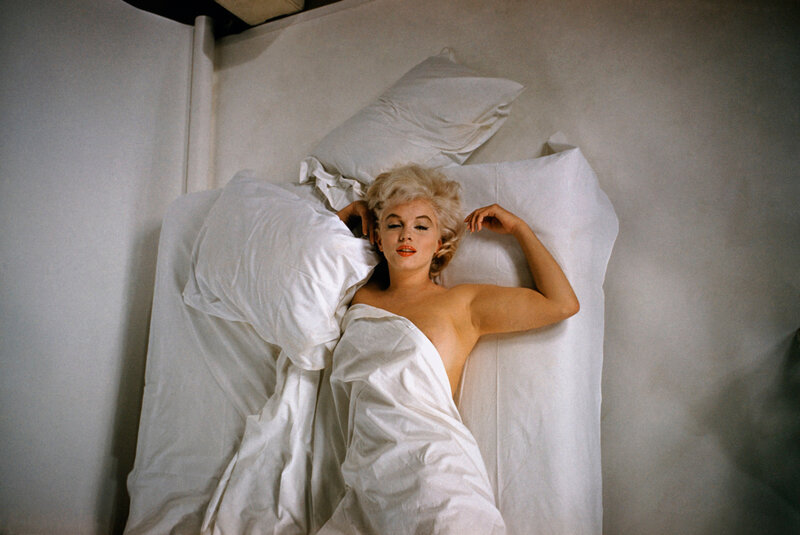

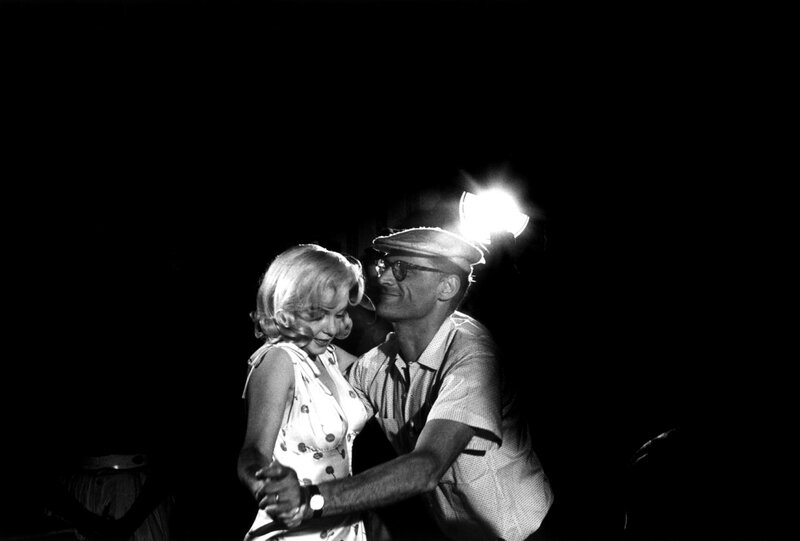
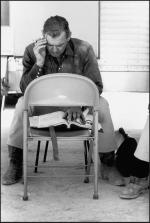
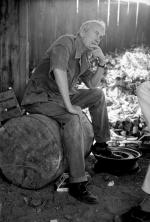


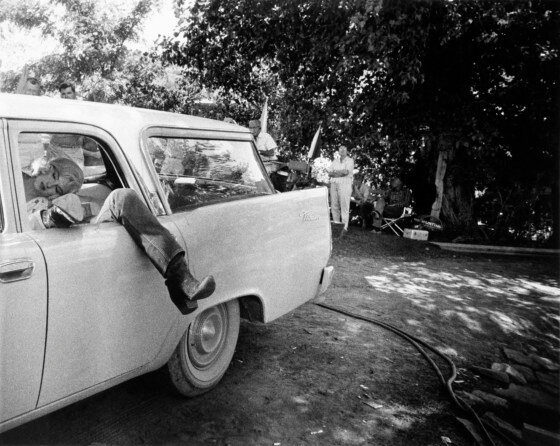

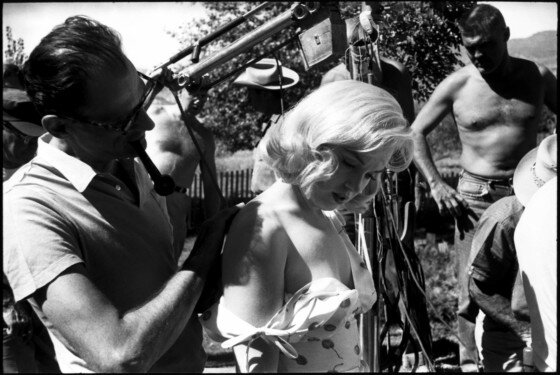
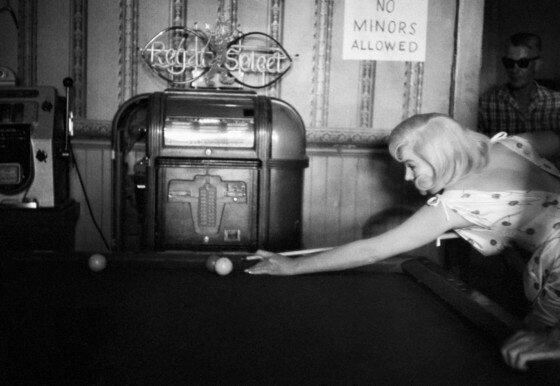

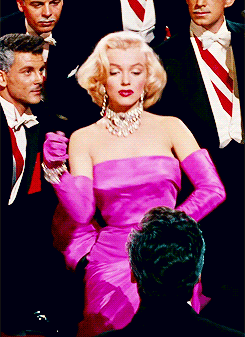
/image%2F1211268%2F20240229%2Fob_66f2c6_tag-mm-public-martin-lewis-show-1.png)
/image%2F1211268%2F20240410%2Fob_07cb4a_blog-gif-mm-stern-1.gif)
/image%2F1211268%2F20240229%2Fob_143453_blog-gif-video.gif)
/image%2F1211268%2F20240301%2Fob_735dec_blog-liens-culture.jpg)

/image%2F1211268%2F20240302%2Fob_e11252_blog-liens-friends-jane.gif)